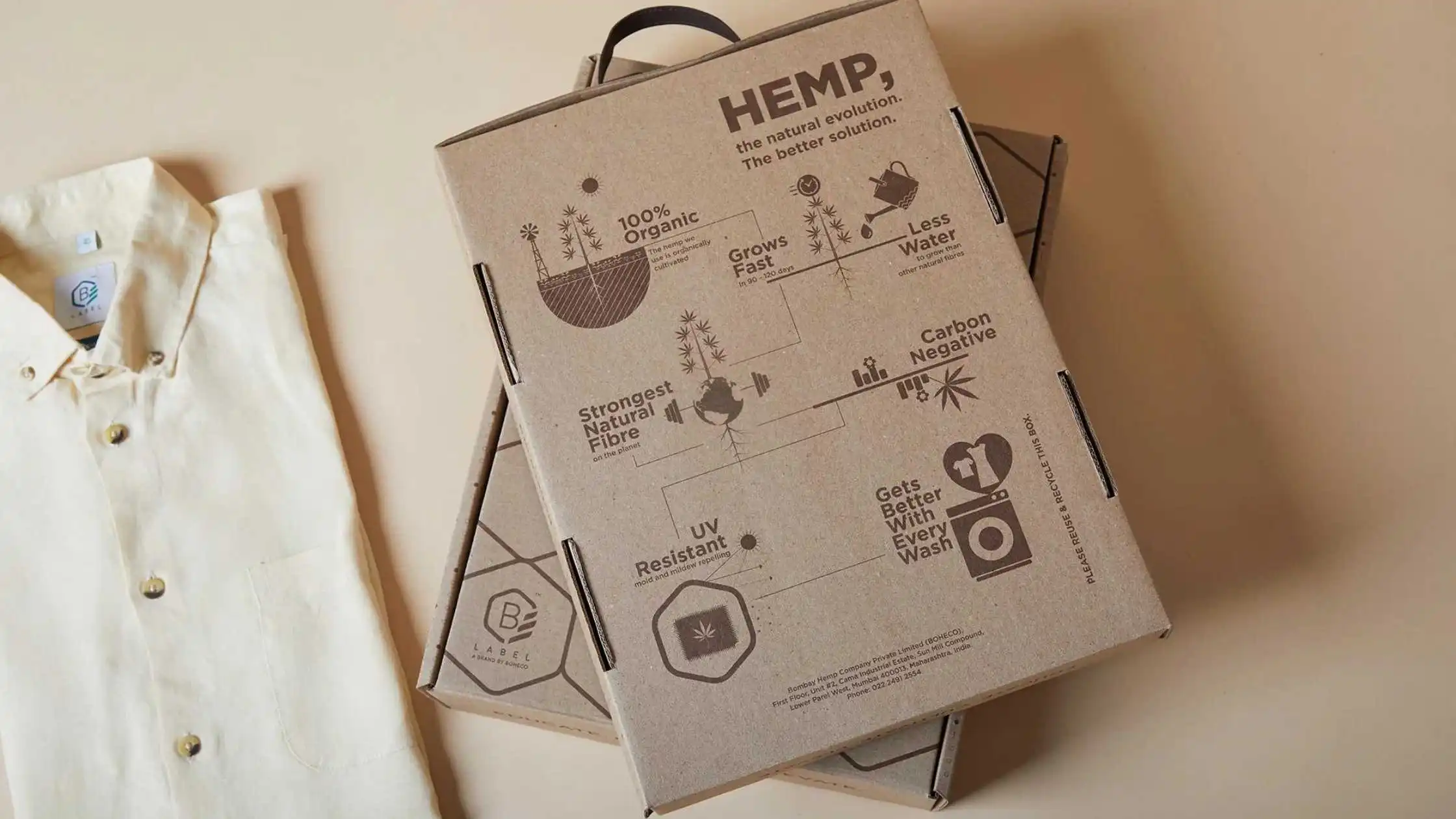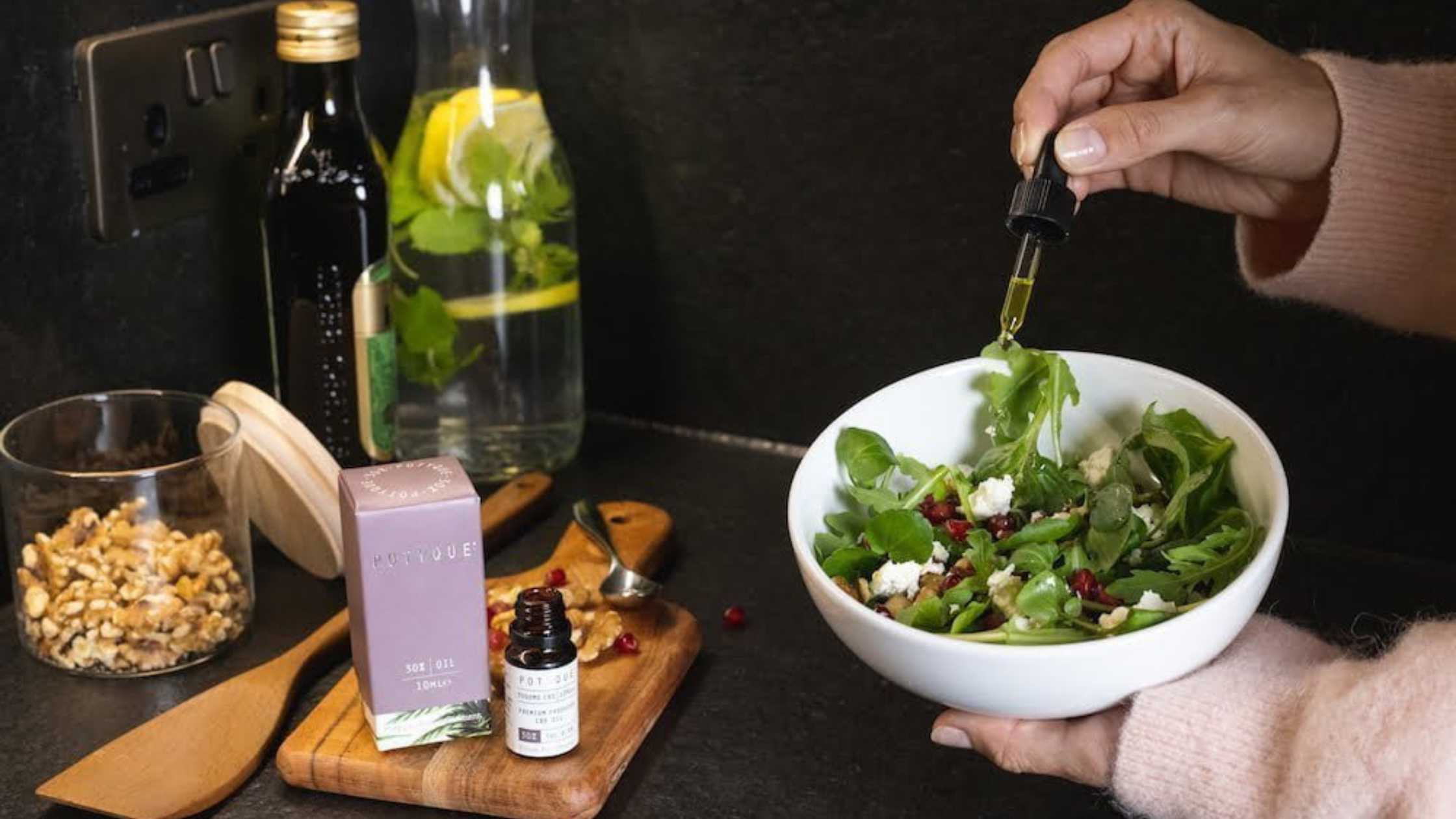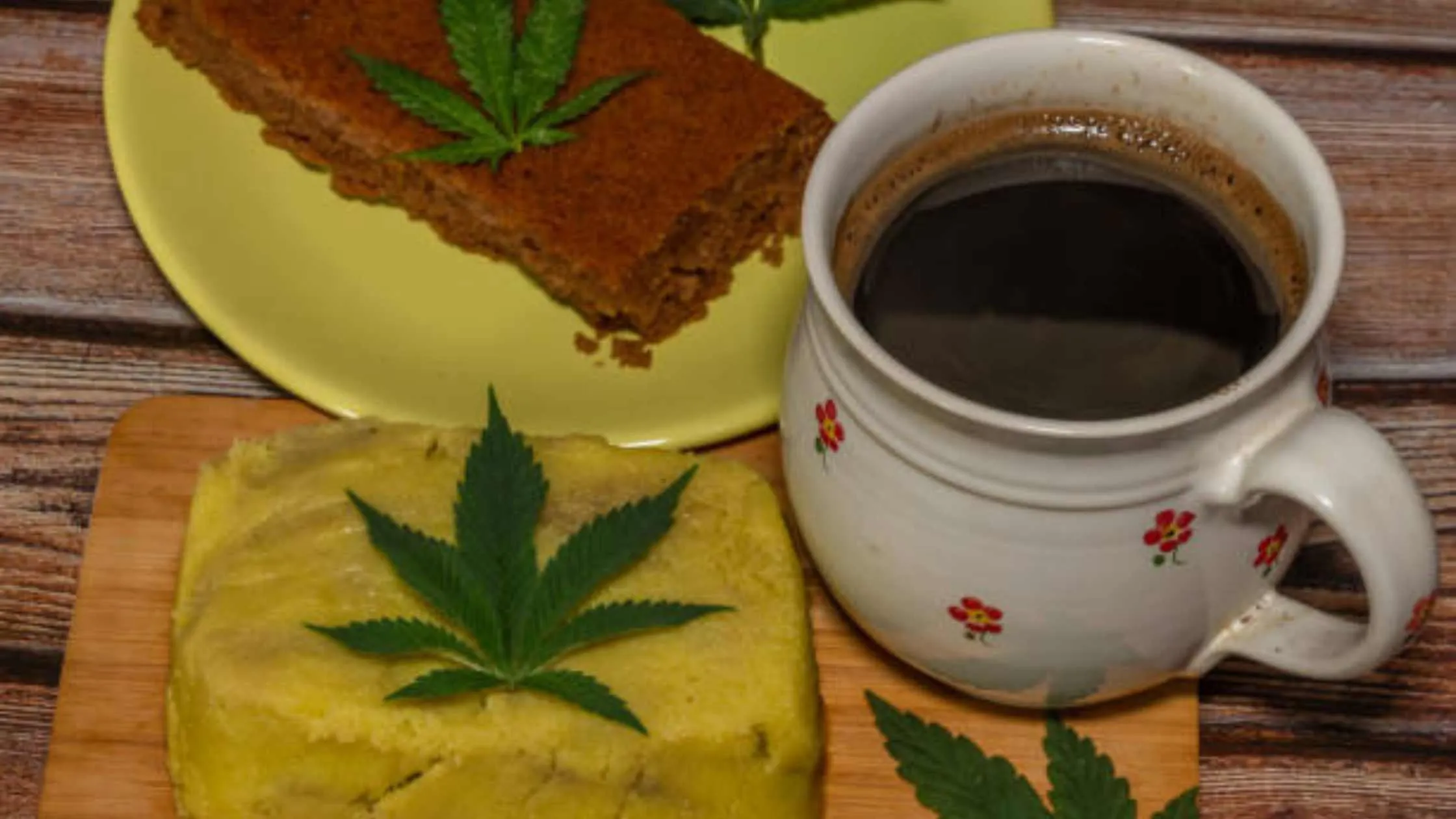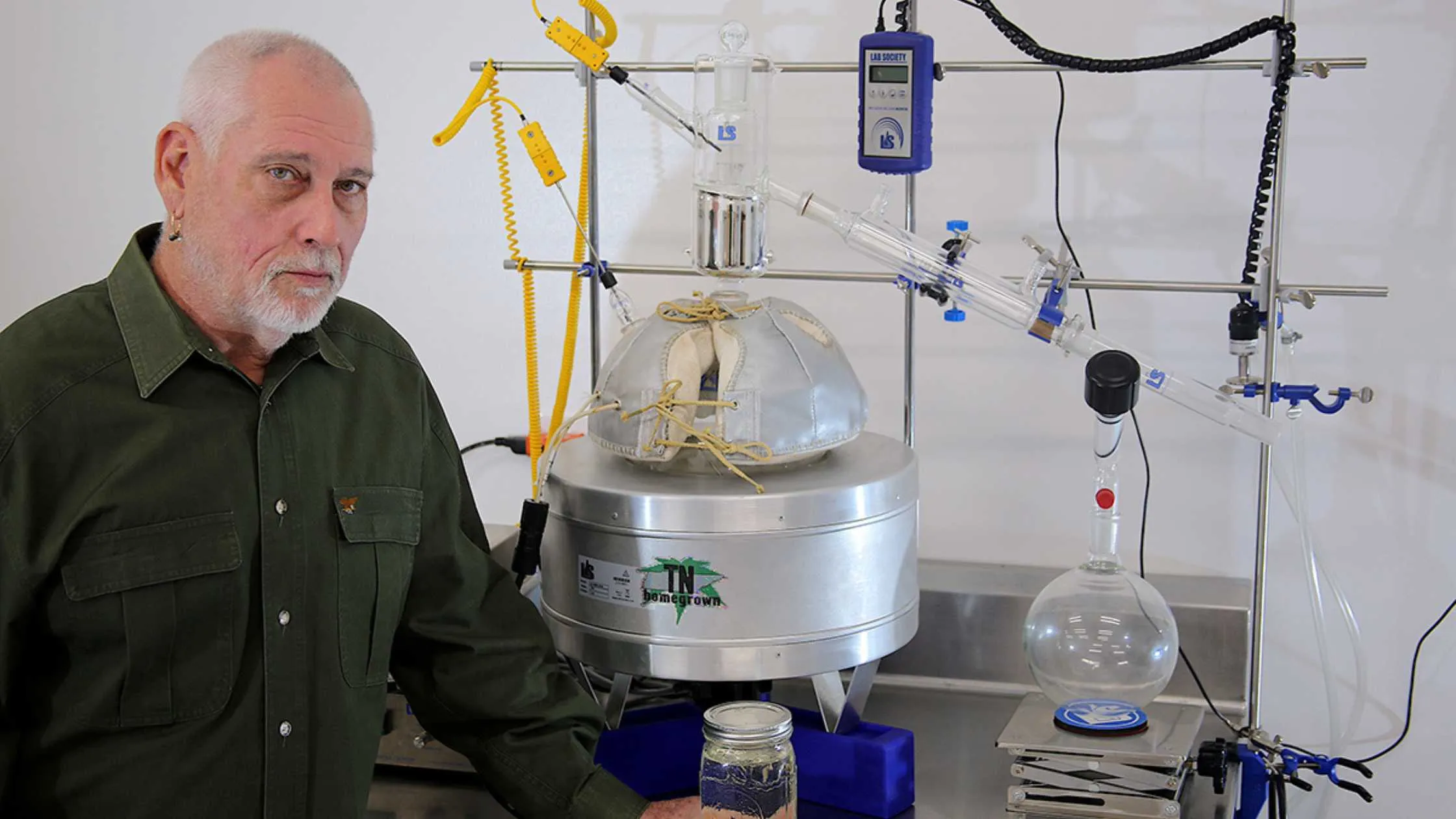Hemp Is Nature’s Miracle Crop
Hemp is a highly sustainable and one of the most potent natural fibers in the world. It belongs to the Cannabis Sativa family. The hemp plant grows like a weed, eliminating the need for most pesticides, herbicides, and fungicides and thriving on less water than most crops. It even absorbs carbon dioxide and puts back nutrients into the soil!
Hemp is often confused with Marijuana, though the two couldn’t be more different than each other. Hemp contains deficient levels of THC (about 0.3%), the psychoactive substance that gets you high. For this reason, it can only be cultivated for industrial purposes like food, shelter, and clothing.
The Most Sustainable Textile
In view of resources dwindling fast, natural fibers like cotton being resource-intensive to process, and petroleum-based fibers like acrylic, polyester, nylon, and spandex needing to be more environmentally friendly, it is about time to look for sustainable alternatives when producing fibers and fabrics
Hemp is a fast-growing plant that requires very little water and no herbicides, pesticides, synthetic fertilizers, or GMO seeds. Conversely, cotton is more water-intensive, takes longer to reach harvest age, and produces fewer fibers per acre.
Hemp textiles are versatile and have come a long way from the thick, burlap-like styles they were associated with decades ago. When blended with other fibers like organic cotton, Tencel, silk, wool, etc., hemp fabrics are incredibly soft and can be used in many ways.
Read in detail about the Benefits Of Hemp Clothing.
When Was Hemp First Used?
For thousands of years, hemp has been traditionally used as an industrial fiber. Sailors relied upon hemp cordage for strength to hold their ships and sails, and the coarseness of the fiber made hemp worthwhile for canvas, sailcloth, sacks, rope, and paper. The Vedas even mention hemp as one of the five sacred plants of India.
Hemp is entirely native to India, and the plant grows abundantly in the northern state of Uttarakhand.
In the 16th century, King Henry VIII imposed fines on farmers who weren’t growing hemp, and in the 18th century, the American Declaration of Independence was written on hemp paper. There are many such examples of hemp showing its importance and immense uses in the past.
Read in detail about The Hemp Story.
Hemp Fabric Benefits
Hemp is one of the strongest and most durable natural textile fibers. Products made from hemp will outlast their competition for many years. Not only is hemp strong, but it also holds its shape, stretching less than any other natural fiber, including cotton. This prevents hemp garments from stretching out or becoming distorted with use.
Hemp may be known for its durability, but its comfort and style are second to none. The more hemp is used, the softer it gets. In addition, hemp fabrics kill bacteria, making them naturally antimicrobial and odor-resistant. But that is not all—clothes made from hemp fibers are thermoregulating, which means they keep the wearer cool in the summer and warm in the winter.
The Fabric Of The Future
Today, hemp fabrics have found applications across various categories, such as home decor, fashion, accessories, and bath linen. They can even be used to make products like sanitary pads, diapers, eco wraps, etc. Many brands and designers worldwide are opening up to the wonders of hemp and its long-term benefits on the planet.
Fabric makers like Hemp Fabric Lab by Bombay Hemp Company in Mumbai aim to educate designers and consumers about hemp and help them make “healthier” fashion choices.
Regarding slow fashion, hemp is the one to watch out for.
Disclaimer: This article was initially posted on BlabelBlabel.in





